High Precision CNC Aluminum Clamps OEM Spare Parts for Milling and Turning
High Precision CNC Aluminum Clamps OEM Spare Parts for Milling & Turning
- 설명
- 상품평 (0)
설명
What are Aluminum Clamps?
Aluminum clamps are fastening devices made primarily from aluminum alloy, designed to securely hold, join, or support components, pipes, tubes, rods, or panels. Aluminum clamps function by applying a controlled compressive force, typically through a mechanism like a bolt or a screw, to create a strong, rigid, and often vibration-resistant connection. Their key advantages are their high strength-to-weight ratio, corrosion resistance, and versatility.
Materials
Aluminum Alloy (Primary Material): The vast majority of aluminum clamps are made from grades like:
6061-T6: The most common grade. It offers an excellent combination of strength, weldability, corrosion resistance, and machinability.
6063-T5/T6: Often used for extruded shapes. It has good surface finish and corrosion resistance but is slightly less strong than 6061.
7075-T6: Used in high-stress, aerospace-grade applications. It is significantly stronger and harder than 6061 but is less corrosion-resistant and not easily weldable.
Surface Treatments
Surface treatments are applied to enhance durability, appearance, and functionality of aluminum clamps.
Anodizing (Type II & Type III Hardcoat): The industry standard. It creates a hard, durable, corrosion-resistant surface that can be dyed in various colors (clear, black, red, blue are common). Hardcoat anodizing (Type III) offers superior abrasion resistance.
Powder Coating: Provides a thick, durable, and decorative finish with a wide range of colors and textures (e.g., gloss, matte, metallic). It offers excellent corrosion and chip resistance.
Chemical Film (Chromate Conversion Coating / Alodine): Provides good corrosion resistance and serves as an excellent primer for paint. It is a conductive coating, which is important for electrical grounding.
Polishing/Brushing: A mechanical finish that provides a bright, shiny, or satin aesthetic appearance but offers little corrosion protection unless also clear-coated or anodized.
Specifications
Key specifications to consider when selecting aluminum clamps include:
Type/Design: e.g., Tube clamp (P-clamp, U-bolt), Hose clamp, Bar clamp, Pipe saddle clamp, Battery terminal clamp, Edge-clamp.
Size/Inner Diameter: The range of diameters it can accommodate (e.g., for a 1-inch pipe clamp).
Thickness/Gauge: The thickness of the aluminum material, which directly relates to its strength and load-bearing capacity.
Hardware: The grade and material of the accompanying bolts, nuts, and washers (e.g., stainless steel 304 or 316 is common to prevent galvanic corrosion).
Load Rating: The maximum static and dynamic (vibration) load the clamp is rated to handle.
Temperature Range: The minimum and maximum operating temperatures the clamp and its finish can withstand.
Application Fields
Aluminum clamps are ubiquitous across many industries due to their versatility.
Aerospace: Securing hydraulic lines, fuel lines, wire harnesses, and tubing within aircraft and spacecraft (often using MIL-SPEC standards).
Automotive & Motorsports: Mounting coolant hoses, brake lines, wiring looms, and securing components in high-vibration environments where weight saving is critical.
Marine: Fastening rails, rigging, and equipment on boats. Anodized clamps are preferred for their saltwater corrosion resistance.
Construction & Architecture: Mounting handrails, glass panels, and structural elements, as well as securing pipes and conduits.
Industrial Machinery: Organizing and securing cables, hoses, and pneumatic lines on machine frames.
Electronics: Providing shielding (EMI/RFI) and securing cables or components that require grounding.
Robotics & DIY Projects: Lightweight framing and securing sensors, actuators, and other components.
An Excellent Case: Securing a High-Performance Vehicle’s Wiring Harness
Scenario: A motorsports team is preparing a race car for a demanding endurance event like the 24 Hours of Le Mans. The car contains hundreds of meters of sensitive wiring for the engine control unit (ECU), sensors, data loggers, and lights. This wiring harness is critical for performance and must be protected from the extreme heat, vibration, and potential abrasion found in a race environment.
The Problem: Using standard steel clamps or plastic zip-ties presents several issues:
Weight: Steel clamps are heavy, and saving grams is crucial for performance.
Corrosion: Steel can rust, especially in varying track conditions.
Vibration Failure: Plastic ties can become brittle from heat and snap due to constant high-frequency vibration, potentially dropping the harness onto hot or moving parts.
Abrasion: A failed clamp could allow the harness to rub against the sharp carbon fiber chassis, wearing through insulation and causing a short circuit or failure, which would end their race.
The Solution: The team uses hard-anodized 6061-T6 aluminum P-clamps (or cushioned clamps) with stainless steel hardware.
Clamp Type: P-clamps lined with a silicone or EPDM rubber cushion.
Material: 6061-T6 aluminum for the clamp body, hard-anodized for abrasion resistance.
Hardware: Stainless steel (Grade 316) bolt and nut to resist seizing and corrosion.
Outcome:
Weight Reduction: The aluminum clamps significantly reduce the overall weight of the wiring installation compared to steel, contributing to the car’s performance.
Vibration Resistance: The aluminum clamps, once torqued to specification, create a rock-solid mount that does not loosen under extreme vibration. The rubber lining absorbs minor vibrations and protects the wires from abrasion against the clamp itself.
Durability: The hard anodizing protects the clamp from scratches, chemicals (like spilled fuel or cleaners), and corrosion. The stainless hardware won’t rust.
Reliability: The wiring harness remains perfectly secured for the entire grueling 24-hour race. This eliminates the risk of electrical failure due to damaged wires, a common point of failure in endurance racing. The team finishes the race without a single electrical issue, a direct result of this meticulous and robust installation.





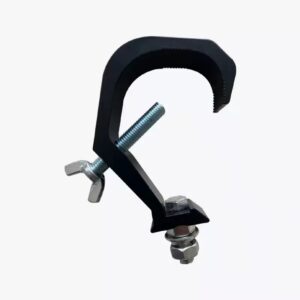
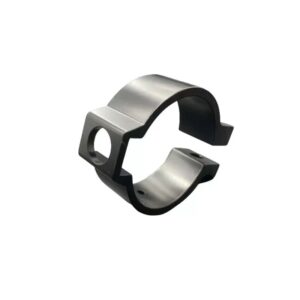




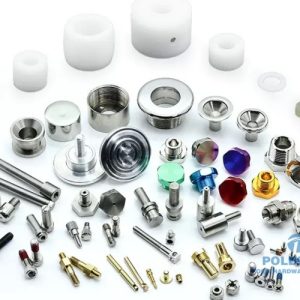
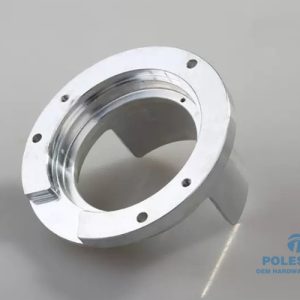
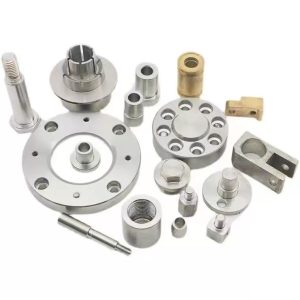
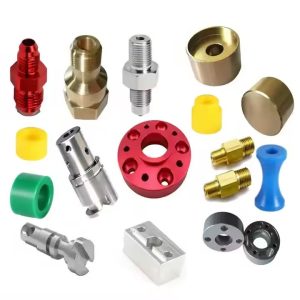
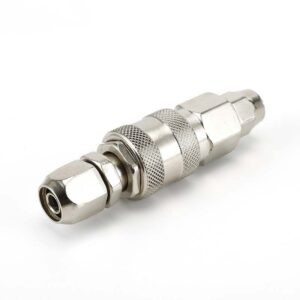
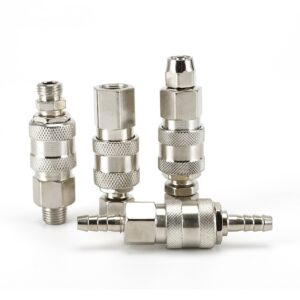
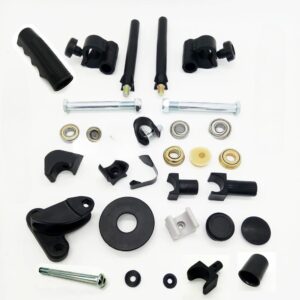
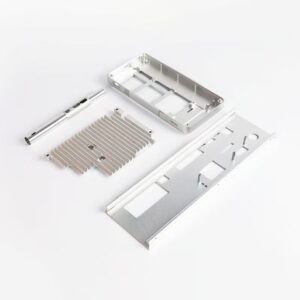
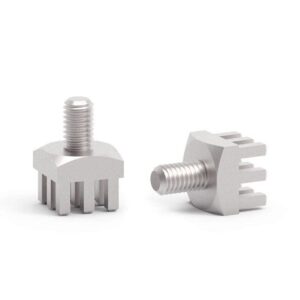

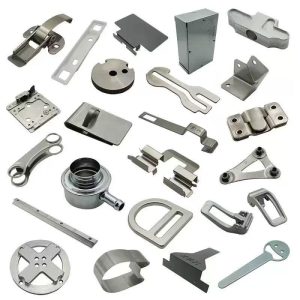
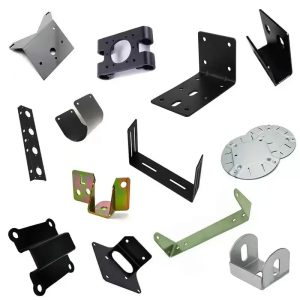
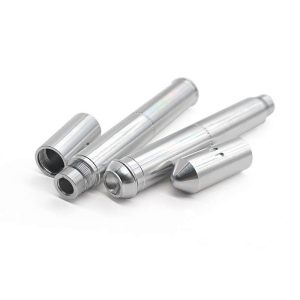

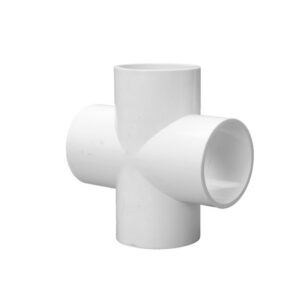
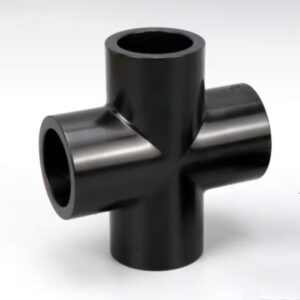
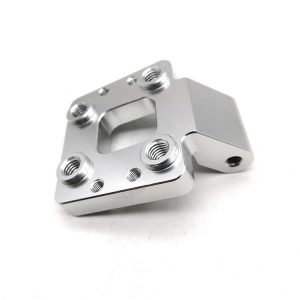
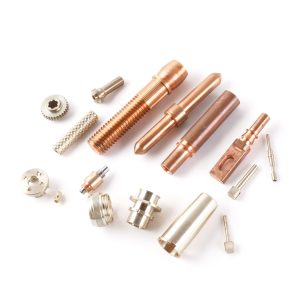
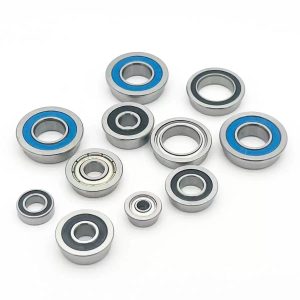

상품평
아직 상품평이 없습니다.